Short answer: Yin Yoga is not fixed.
There can be as many Yin Yoga poses as your creativity can come up with. The only limit is - the poses should embody the philosophy of Yin: long held, strain free, painless and still. We can exercise any part of the body in this way. The 25 yin poses offered here are the ones that are most commonly used but they are far from all the yin poses. (See the post on sequences for some other nice poses including using the walls:
http://www.yinyoga.com/forums/viewtopic.php?t=90.) In my own practice, I don't use all 25: I rarely do the Camel, for example, and never teach it. But others might.
Generally, Yin Yoga works the area from the navel to the knees, because as we get older that is the area that tightens up the most. But, we can do Yin Yoga for any joint and any region of the body.
Feel free to describe here any other Yin Yoga poses that you have tested out and work for you.
Regarding the question about "hero with toes flexed"... I am not sure which pose you are referring to. Do you mean Toe Squat? If so, the benefits are listed here:
http://www.yinyoga.com/ys2_2.0_asanas_toe_squat.php. If you are referring to some other variation, please clarify.
Finally, you can certainly have students sit in hero pose as a way to meditate. I often do and this can be a much easier/more accessible way for some students to sit in meditation, compared to the normal cross-legged sitting forms. Sitting on the feet is less stressful for the inner knees and the hips while it is a nice way to open the tops of the ankles and exercise the tendon that contains the kneecap. However, if the student has patella problems, this pose may not be a good idea for her. She has to check it out. One option, to make it easier for her, is to place a block or cushion between the feet to lift the pelvis higher. This may make the pose easier to stay in.
Cheers
Bernie
